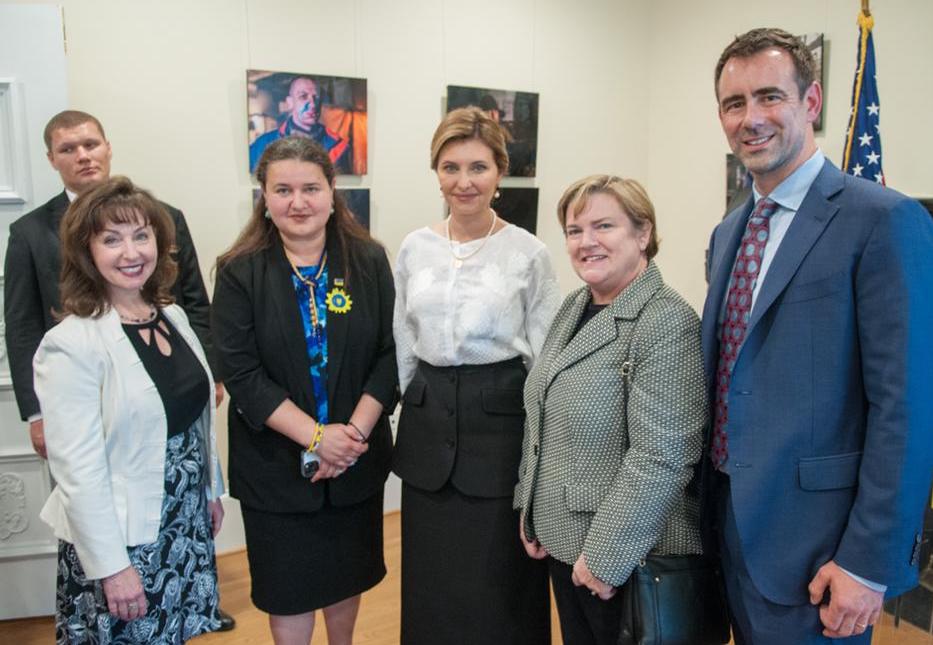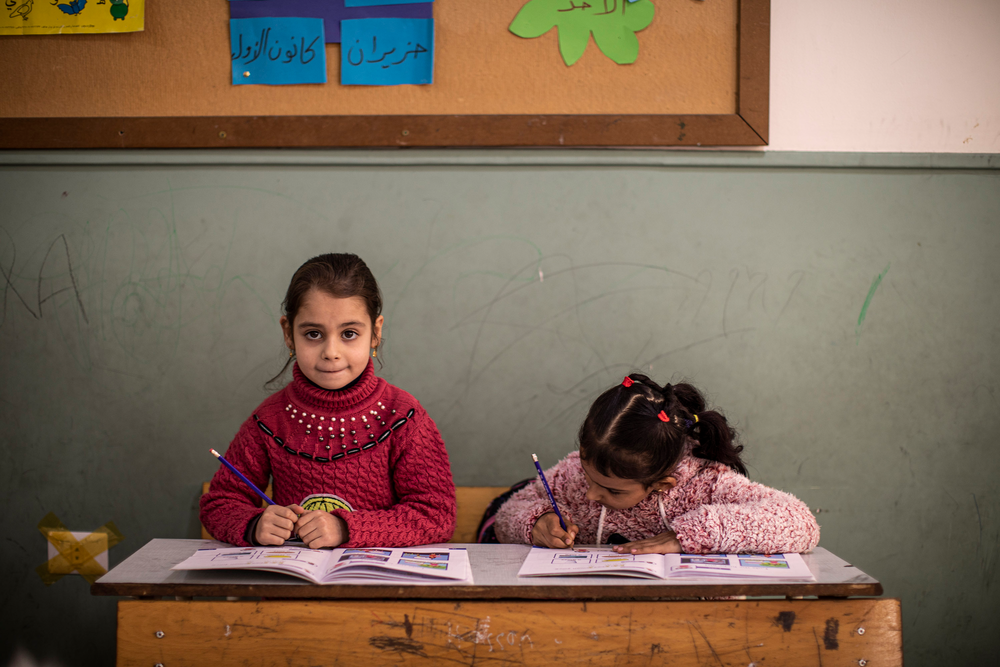
Urgent action needed for 80m children whose education has been hit by emergencies
Children in conflicts, Education in emergencies
The lives and education of many Syrian children have been blighted by the conflict, which is now in its sixth year Picture: UNICEF/Aftal Qadri
The number of children whose education has been disrupted by conflicts and natural disasters has increased to 80 million.
The shocking statistic for 2015 is revealed in an education in emergencies “scorecard” published today by A World at School, which calls for urgent action from world leaders.
There have been a record number of children affected by crises – including attacks on education, wars, natural disasters and health alerts such as Ebola.
Despite that, and the biggest refugee crisis since World War II, less than 2% of all humanitarian aid in 2015 went to education. That has left an annual funding shortfall of $9 billion.
The scorecard looks at the progress – or lack of it – in funding education in 28 countries hit by emergencies.
They include those affected by the five-year Syrian conflict – with 5.4 million children in need of education within Syria and another 700,000 in neighbouring countries – and Nepal, where thousands of schools were decimated by the earthquakes in 2015.
Syrian refugee children at a school in Lebanon Picture: Claire Wilkinson
Other key facts from the report – titled Don’t Leave Them Out – include:
- Of the 80 million affected children, 37 million have been forced out of school
- While the funding needed for education in emergencies has risen 21% since 2000, donor funding has fallen by 41%
- Commitments from the top 10 donors to education in emergencies dropped 28% – and six of them decreased their funding by more than 50%
World leaders will meet at the first ever World Humanitarian Summit in Turkey in May. A World at School is calling on them to:
- Launch an ambitious new platform for education in emergencies and commit to provide at least $2 billion annually
- Urgently publish the the schedule and scale of donor commitments to education so host countries can make plans
- Commit to make the funding of education in every emergency a priority
Theirworld – the children’s charity behind A World at School – works on education in emergencies and has supported the publication of the scorecard.
A Nepalese boy sits in rubble left by the 2015 earthquake Picture: Claire Wilkinson
Tom Fletcher of Theirworld said: “All children have a right to education and a better future – but emergencies across the world are disrupting the schooling of around 80 million children.
“In the face of increasing needs and the immense cost of not investing today, it is shocking that less than 2% of all humanitarian aid goes to education. Humanitarian aid must provide children with a safe school, a future and hope.”
Theirworld has also today launched the #SafeSchools campaign. You can play your part in telling world leaders to act urgently by signing the #SafeSchools petition. You can sign here now.
Of the 133 total education appeals made since 2010, just six – four related to the crisis in Syria – received nearly half of all funding. Four education appeals received no funding at all in 2015.
The new figure of 80 million children whose education has been directly affected by emergencies and prolonged crises has been compiled by the Overseas Development Institute.
Despite the inadequate request of $643m from a shortfall of $9bn, education requests were on average just under a third funded
Susan Nicolai, Head of Development Progress at ODI, said: “The new analysis has confirmed what we all feared, that 2015 was a disastrous year for children who had their education disrupted by wars and natural disasters.
“World leaders need to urgently guarantee that there isn’t a future humanitarian emergency response where education isn’t seen as critical. Without this we will continue to see short term crises result in multi-generational disasters.”
A new platform to fund education in emergencies would ensure children caught up in the next crisis are in a safe school and not at risk of child labour, early marriage, trafficking or extremism.
In the aftermath of a humanitarian emergency, a safe place to learn and play can help children to deal with trauma and provide vital health and safety information.
Being in school protects children and young people from immediate and future exploitation and poverty.
More news

